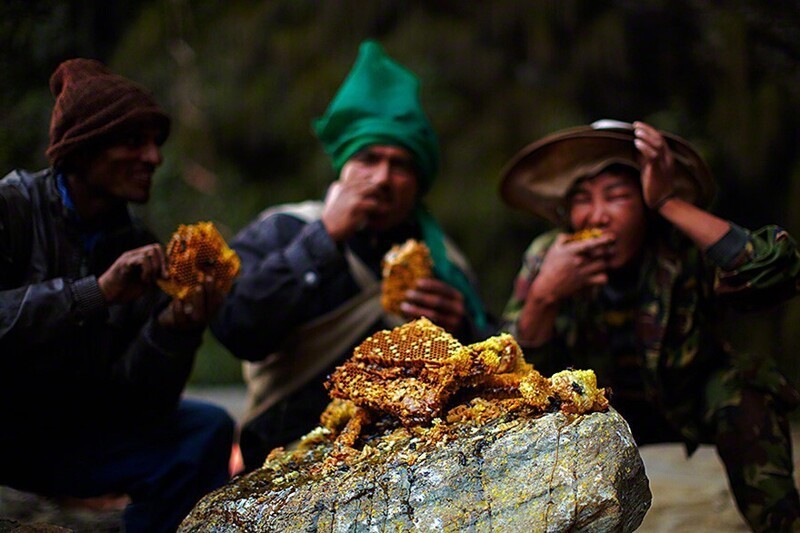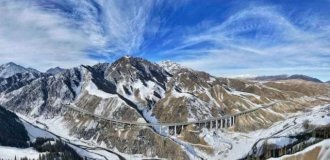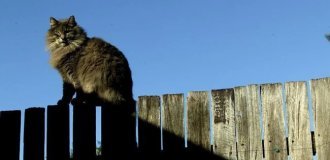How wild honey hunters work in Nepal (32 photos)
Extraction of honey is part of the culture of many nations. If you believe rock paintings, honey was collected as early as 13,000 BC era. "Hunting" for honey in Nepal has been practiced for thousands of years, and also considered an important part of Nepalese culture. Here it is dangerous and a risky activity that is undertaken by members of the local ethnic group Gurung. These frames show the details of this interesting process. 
These shots show members of the Nepalese Gurung ethnic group, engaged in a dangerous and ancient tradition - hunting for honey. She is has been practiced for thousands of years and is a vital part of the culture. "Hunters" twice a year rise to the foot of the rocks in the central Nepal, and risking their lives, climb them to collect wild honey bees. The pictures were taken by British travel photographer Andrew Newey. (Andrew Newey). 
Hunters collect honey from Apis laboriosa, the largest bee honey bee in the world, individuals of which can reach 3 cm in length. They are build their hives high in the foothills, so collecting their honey is a challenge not easy. Hunters use handmade rope ladders and wicker baskets to reach the beehives. Then the nest is fumigated smoke, setting fire to the branches under it, and get the honey itself. 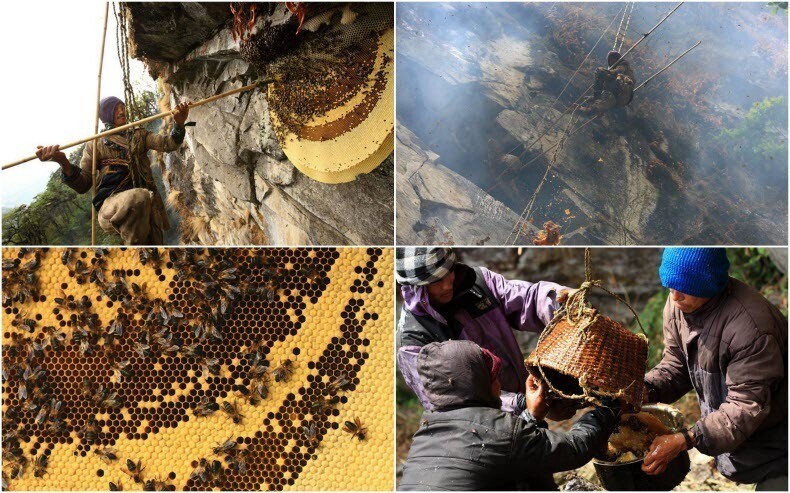
To collect honey from one colony, hunters need two up to three hours - depending on the location of the hive and its size. Collection honey traditionally begins with rituals that differ from one hunters. Usually this is a prayer or an offering (flowers, fruits, rice). The local process of extracting honey is an exciting and interesting sight. Some travel organizations even sell special tours for honey hunting, where those who wish can watch the process. 
See what honey hunting in Nepal looks like: 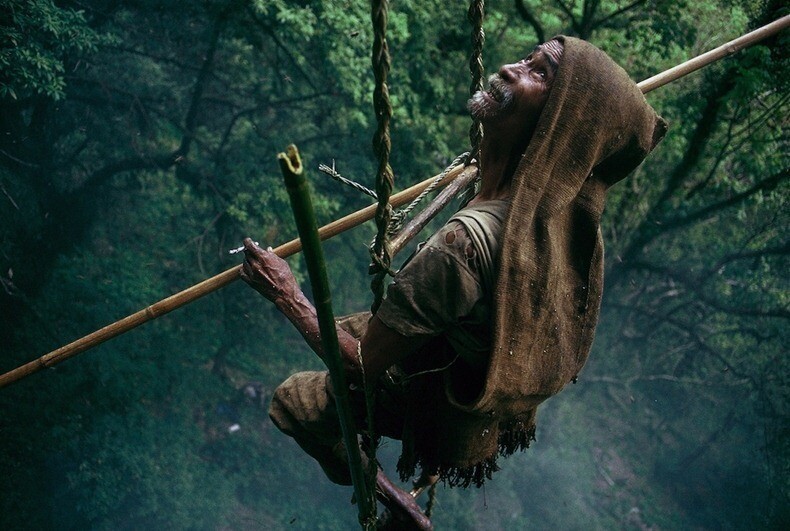


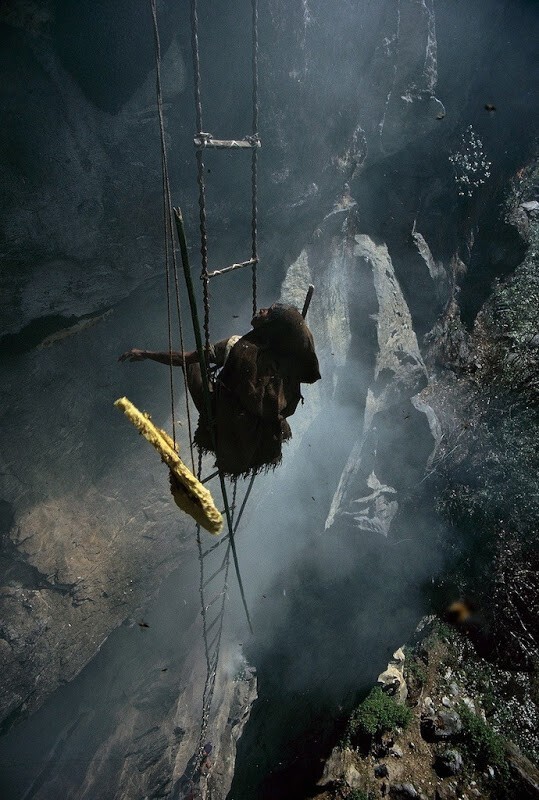

">

